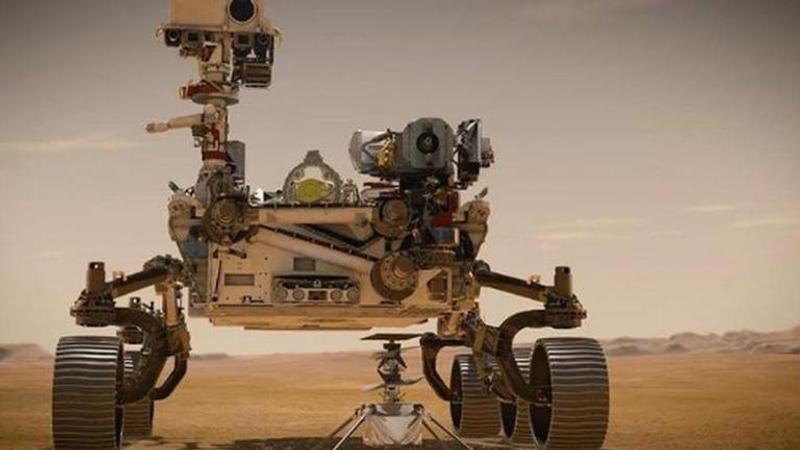Published 20:10 IST, July 31st 2020
NASA's Mars Perseverance Rover abruptly switched to 'Safe Mode' after launch, find out why
Technical Issues after the launch forced the Mars Perseverance Rover to switch to 'Safe Mode'. Find out if this can be potentially hazardous to its mission.

Shortly after its launch, NASA’s Mars Perseverance Rovers switched to "safe mode” due to an engineering glitch. On July 30, 2020, NASA’s Mars Rover Perseverance was launched on its onward journey toward the Red Planet at 7:50 a.m. EDT. The Mars Rover was riding an Atlas V rocket into space after being lifted off from Cape Canaveral Air Force Station in Florida. According to a space portal, NASA officials confirmed that such glitches have been fairly common in the past and that they expected it to happen with the Perseverance Rover as well.
NASA Mars Rover-Perseverance: Why did it switch to ‘Safe Mode’?
NASA Perseverance Mission team revealed the news of the Mars Rover switching to Safe Mode within minutes of the launch. The reason for this being that the temperature in the spacecraft got a bit colder than the engineers had anticipated. The temperature rose when the rocket was passing through Earth’s shadow. According to NASA, the spacecraft's temperature quickly bounced back, hence there is nothing to be concerned about. NASA also confirmed that the technical glitch would not pose any threat to its Perseverance Mission. A NASA official emphasised in a media statement given post the lift-off, that Safe mode is, as the name implies. It is designed to be safe for the spacecraft and its contents.
How long does it take to reach Mars?
According to NASA’s official website, with the current state of technology, it will take the Mars Rover seven months to reach and land on the Red Planet. Hence, after commencing its onward journey to the red planet on July 30, the Mars Rover will land on the Martian surface on February 18, 2021. According to NASA reports the rover will land in Mars' Jezero Crater.
It is important to note that the distance between Earth to Mars varies a lot, because of Earth’s orbit around the Sun. Earth’s orbit around the sun is smaller than Mars’ orbit as Earth is the third planet from the sun, while Mars is the fourth. Metaphorically speaking, once can compare this distance to that of two cars on a racetrack, and one on the inside track and the other on the outside.
Given that, Earth is on the inside track, it gets around more quickly. However, sometimes it’s close to Mars when it’s making a pass. At other times, it’s far away at the other side of the track. The minimum distance from the Earth to Mars is about 54.6 million kilometres. When Earth and Mars are farthest apart, they can be at a distance of about 401 million km, while the average distance is about 225 million km.
Is there life on Mars?
According to NASA reports, so far Earth is the only place in our solar system that we know for certain supports life. NASA will also look for life on Mars by searching for telltale markers, or biosignatures, of current and past life. The element carbon, for instance, is a fundamental building block of life. Knowing where carbon is present and in what form would tell us a lot about where life might have developed.
Source: NASA
The Martian atmosphere consists of 95 per cent carbon dioxide and less than 1 per cent oxygen. However, life as we know it, cannot survive with that kind of atmospheric composition. According to the reports of a space portal, if carbonate minerals were formed on the red planet’s surface by chemical reactions between water and the atmosphere, it could indicate that water had been present on the Martian surface for a long time. May be long enough for life to have developed. One of the main goals of the Mars Perseverance Mission is to find the signs of life on the Red planet.
Updated 20:11 IST, July 31st 2020




